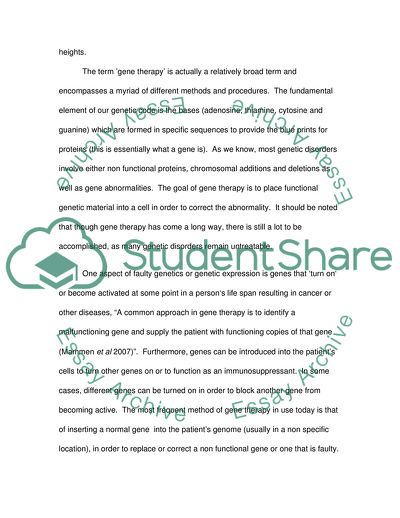Cite this document
(Functioning of Biotechnology Essay Example | Topics and Well Written Essays - 2500 words, n.d.)
Functioning of Biotechnology Essay Example | Topics and Well Written Essays - 2500 words. https://studentshare.org/technology/1714574-biotechnology-assesment
Functioning of Biotechnology Essay Example | Topics and Well Written Essays - 2500 words. https://studentshare.org/technology/1714574-biotechnology-assesment
(Functioning of Biotechnology Essay Example | Topics and Well Written Essays - 2500 Words)
Functioning of Biotechnology Essay Example | Topics and Well Written Essays - 2500 Words. https://studentshare.org/technology/1714574-biotechnology-assesment.
Functioning of Biotechnology Essay Example | Topics and Well Written Essays - 2500 Words. https://studentshare.org/technology/1714574-biotechnology-assesment.
“Functioning of Biotechnology Essay Example | Topics and Well Written Essays - 2500 Words”. https://studentshare.org/technology/1714574-biotechnology-assesment.


